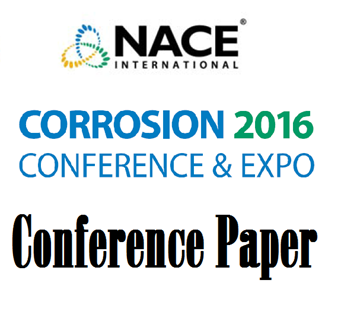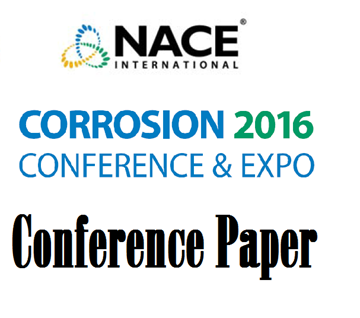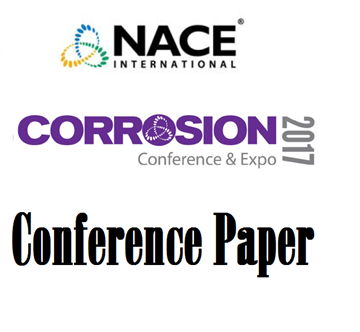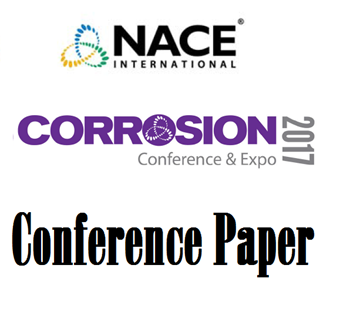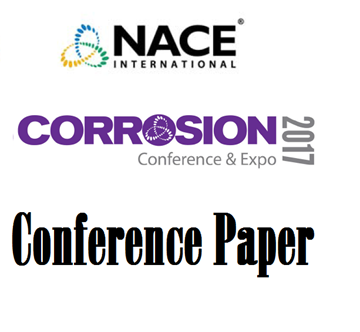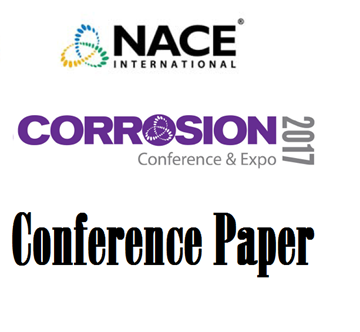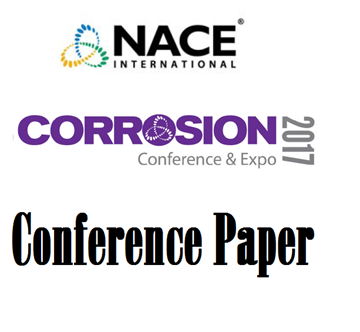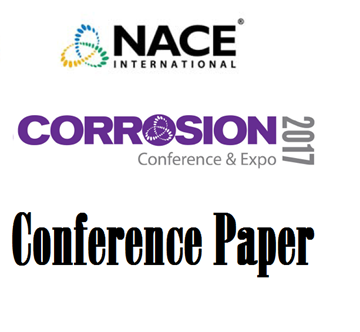Search
Materials Selection and Design
View as
Sort by
Display
per page
51316-7355-UNS N09955 Corrosion Cracking Resistance
Product Number:
51316-7355-SG
ISBN:
7355 2016 CP
Publication Date:
2016
$20.00
51316-7357-The Microbiologically Influenced Corrosion (MIC) Resistance Behavior of 2205 Cu-bearing Duplex Stainless Steel in the Presence of Aerobic Marine Pseudomonas Aeruginosa Biofilm
Product Number:
51316-7357-SG
ISBN:
7357 2016 CP
Publication Date:
2016
$20.00
51317--8806-Laboratory Testing of OCTG grades UNS N08028 and UNS N08029
Product Number:
51317--8806-SG
ISBN:
8806 2017 CP
Publication Date:
2017
$20.00
51317-9113-Stress Corrosion Cracking Of A Duplex Stainless Steel
Product Number:
51317-9113-SG
ISBN:
9113 2017 CP
Publication Date:
2017
$20.00
51317-9187-Hydrogen-Enhanced Stress Corrosion Cracking in Stainless Steel
Product Number:
51317-9187-SG
Publication Date:
2017
$20.00
51317-9230- Study on Ferrite Content and Hardness of Thick-Wall 22% Cr Duplex Stainless Steel Welded Joints
Product Number:
51317-9230-SG
Publication Date:
2017
$20.00
51317-9256-The role of Fenton Reaction in biodegradable Magnesium and its alloys
Product Number:
51317-9256-SG
Publication Date:
2017
$20.00
51317-9257-Patient-specific orthopedic implants manufactured by Additive Manufacturing –A corrosion study
Product Number:
51317-9257-SG
Publication Date:
2017
$20.00
51317-9271-Bio-Functional High Performance Coatings of Titanium and Magnesium Alloys for Biomedical Applications
Product Number:
51317-9271-SG
Publication Date:
2017
$20.00
51317-9287-Comparison of insulation materials and their roles on corrosion under insulation
Product Number:
51317-9287-SG
Publication Date:
2017
$20.00
51317-9395-Controlling the Degradation Profile of Mg Biomedical Devices by Alloy Design and Thermomechanical Processing
Product Number:
51317-9395-SG
Publication Date:
2017
$20.00
51317-9472- Characterization of Corrosion Behavior on Additively Manufactured Alloys
Product Number:
51317-9472-SG
ISBN:
9472 2017 CP
Publication Date:
2017
$20.00

